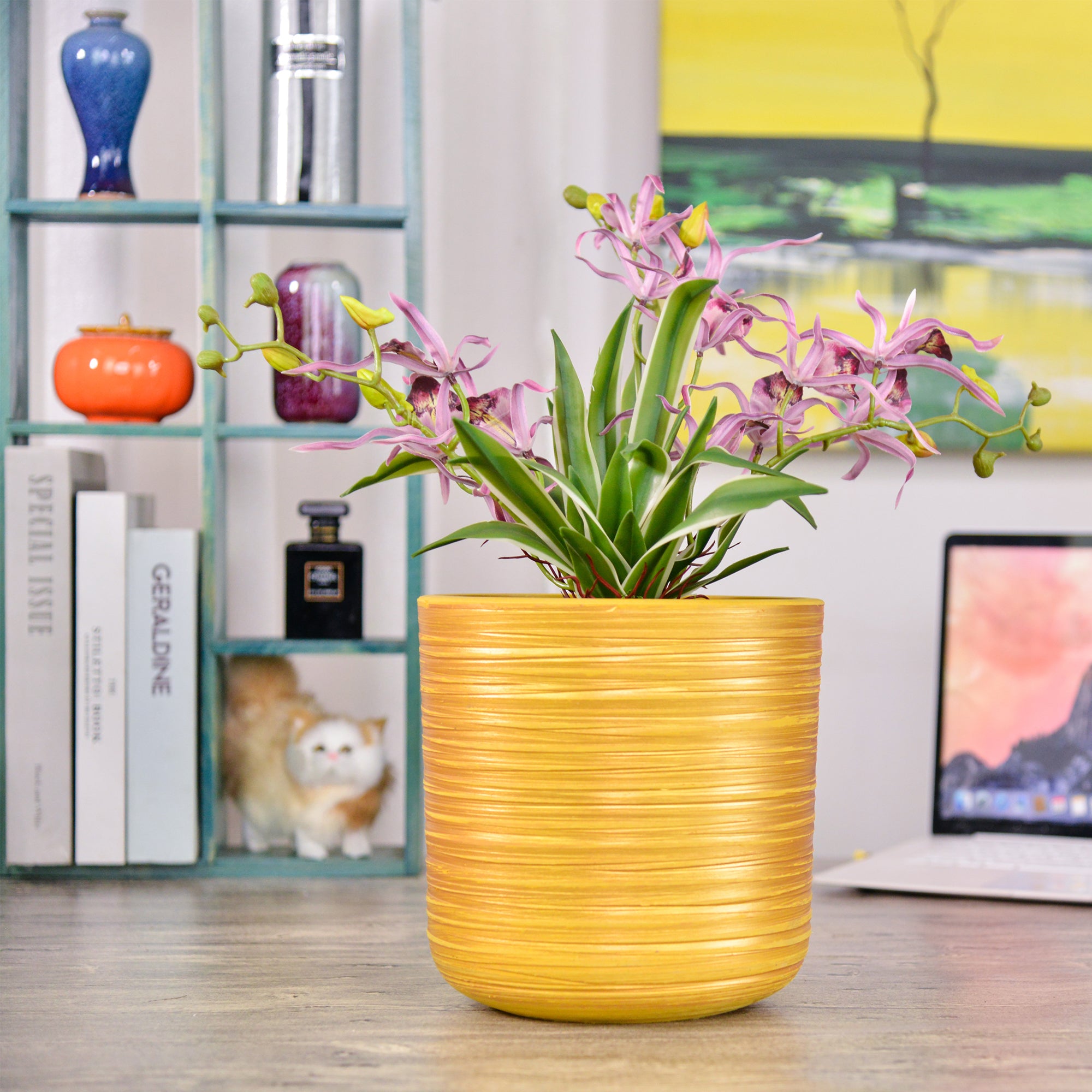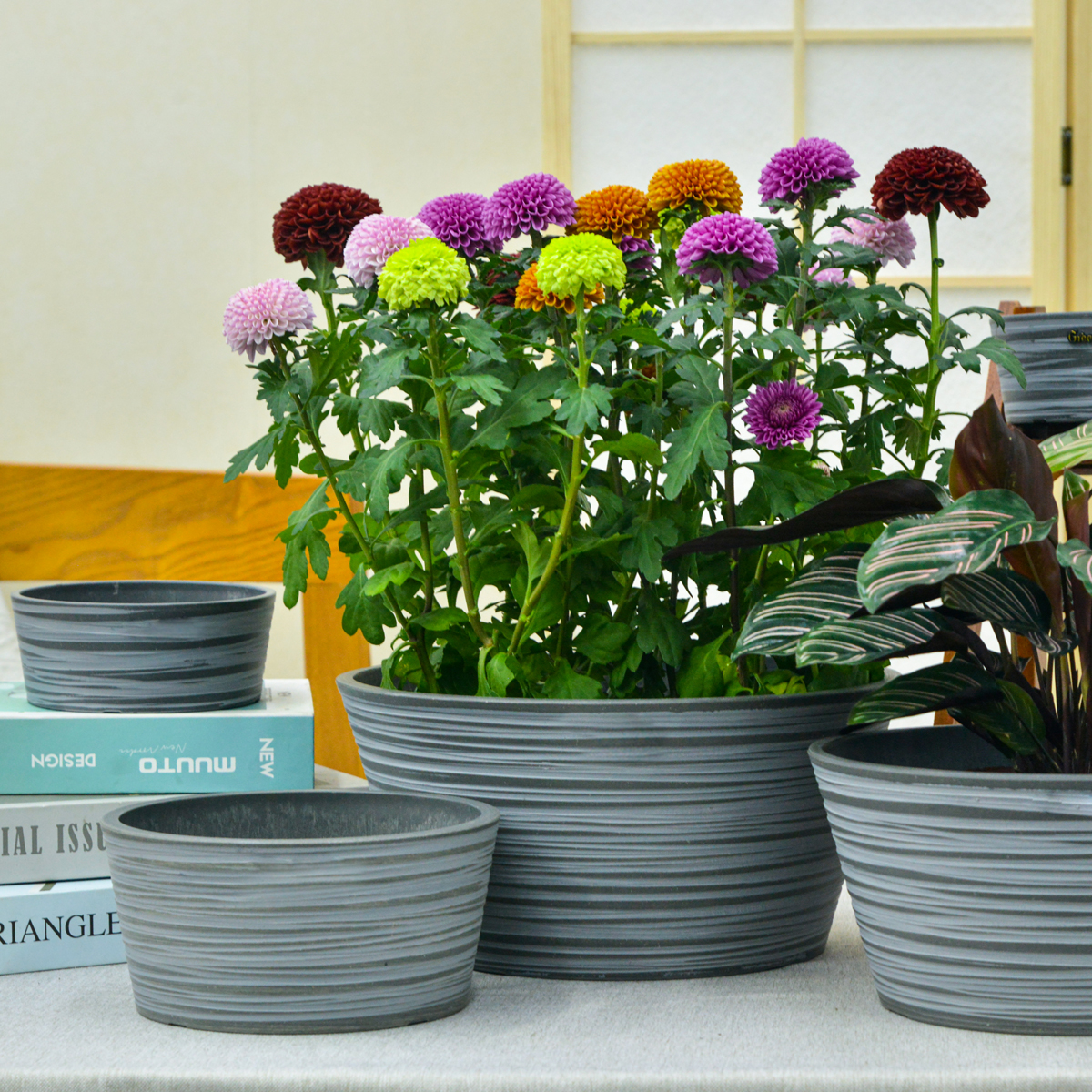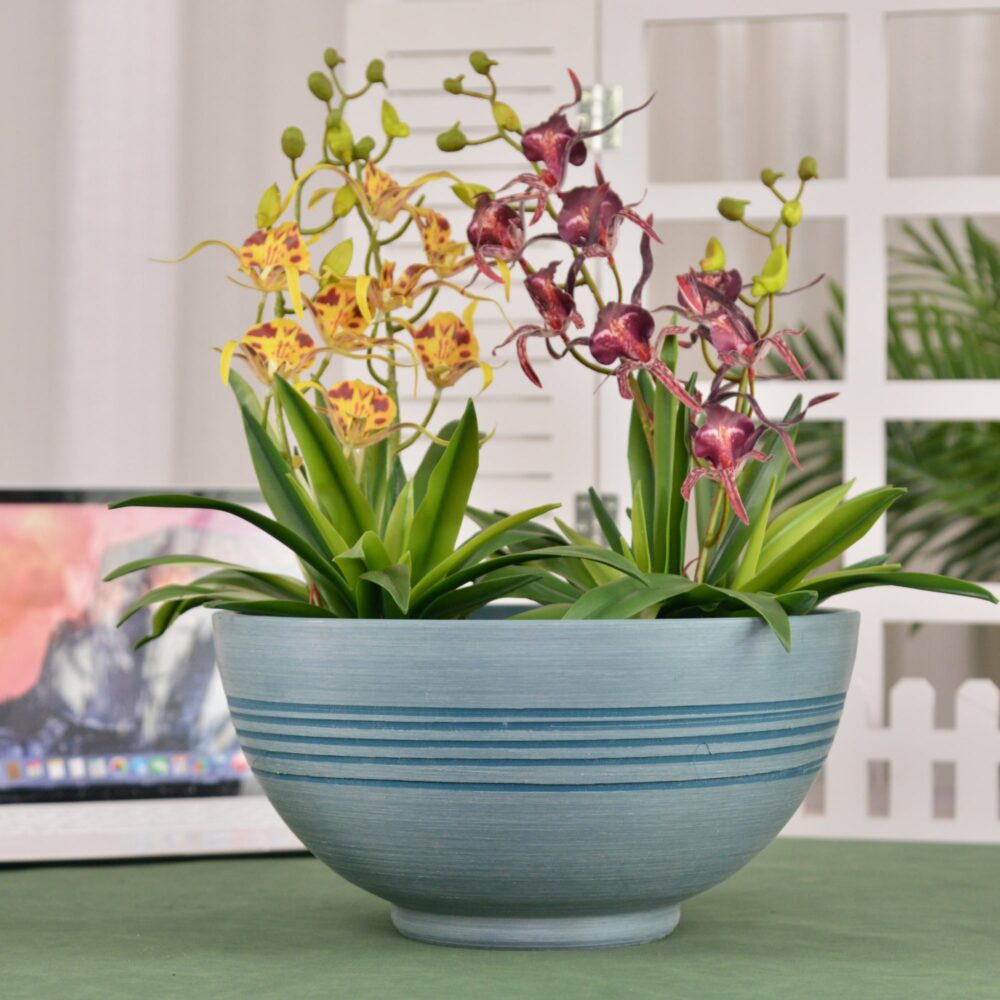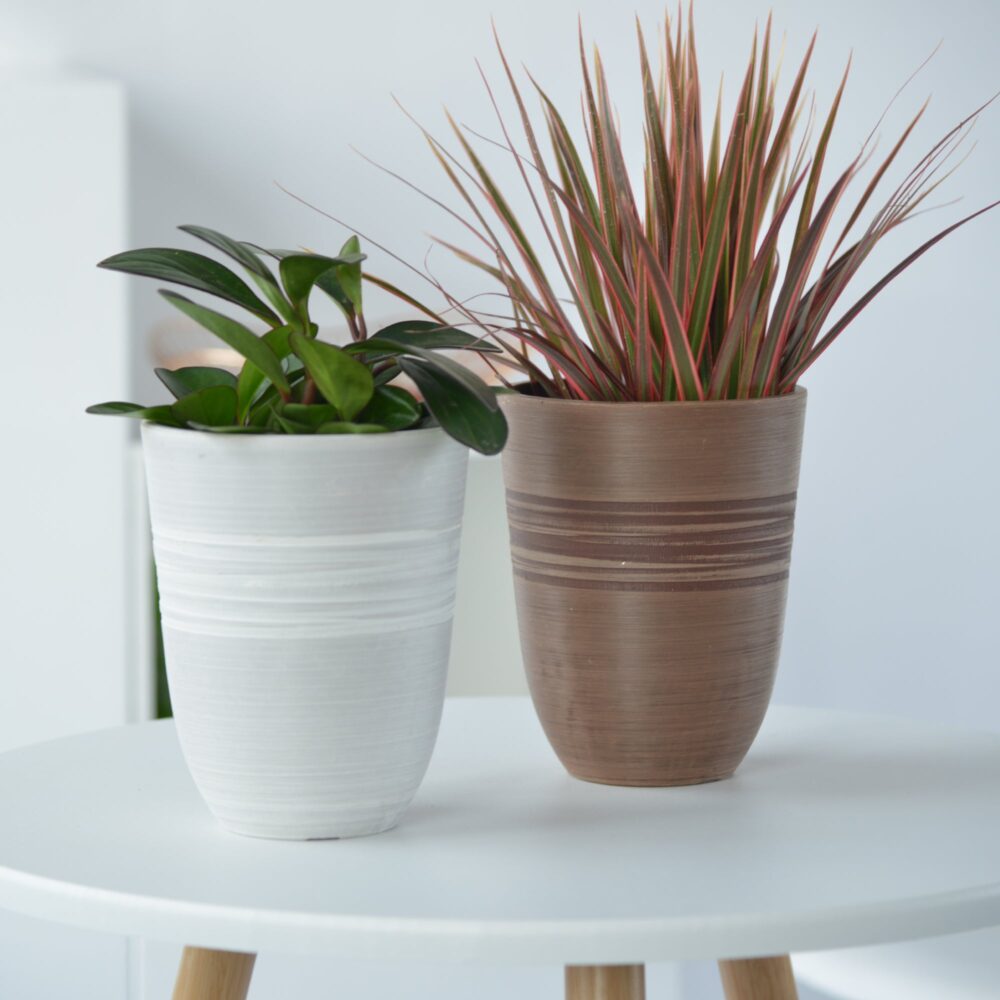Olive Tree Indoors: The Complete Guide to Growing Olea Europaea at Home
Dreaming of bringing a touch of Mediterranean charm and timeless elegance to your home? Olive Tree, scientifically known as Olea europaea, is a beautiful evergreen tree prized for its silvery-green foliage, gnarled trunk, and symbolic fruit. While traditionally grown outdoors in warm climates, Olive Trees are increasingly popular as indoor plants, bringing a sophisticated and resilient presence to interior spaces. These relatively easy-to-grow plants, native to the Mediterranean Basin, are perfect for adding a touch of classic beauty and drought-tolerant greenery to your indoor spaces. This comprehensive guide will provide you with everything you need to know to grow Olea europaea indoors, from selecting the right variety and pot to mastering essential care techniques for a thriving and gracefully aged Olive Tree in your home.

Olive Tree
What is Olive Tree (Olea europaea)?
Olea europaea, commonly known as Olive Tree, European Olive, or simply Olive, is a species of evergreen tree or shrub in the family Oleaceae, native to the Mediterranean Basin. Olive trees are iconic for their silvery-green, lance-shaped leaves, gnarled and characterful trunks that become more pronounced with age, and their small, fragrant, creamy-white flowers in spring, followed by olives (fruit) in warmer climates and with outdoor summer exposure. Indoors, Olive Trees are primarily grown for their ornamental foliage and architectural form, bringing a Mediterranean aesthetic to homes. While they can flower and even fruit indoors under optimal conditions, fruit production is less reliable than outdoor cultivation in suitable climates. Olive Trees are prized for their beautiful silvery foliage, drought tolerance, longevity, and classic Mediterranean appeal, making them a sophisticated and low-maintenance houseplant.
Can Olive Trees (Olea europaea) Thrive Indoors?
Yes, Olive Trees (Olea europaea) can thrive indoors and are becoming increasingly popular as indoor plants, especially for their architectural beauty and resilience. While they are native to warm, sunny, and dry Mediterranean climates, they are adaptable to indoor environments with proper care, particularly if their light and drainage needs are met. Growing Olive Trees indoors allows you to enjoy their elegant foliage and timeless charm year-round, bringing a touch of Mediterranean landscape to your home décor. While fruiting indoors is possible, it is less common and abundant than outdoor-grown trees, but the ornamental value of indoor olive trees is significant.
Ideal Indoor Growing Conditions for Olive Trees (Olea europaea):
- Varieties of Olive Tree (Olea europaea) for Indoors: While full-sized olive trees can become very large over time, several dwarf or slow-growing cultivars are better suited for indoor container growing. Popular indoor Olive Tree varieties include:
- *Olea europaea ‘Dwarf Frantoio’: A popular dwarf variety, reaching a manageable size indoors (6-8 feet), known for good fruit production even in containers.
- *Olea europaea ‘Little Ollie’ (or ‘Montra’): A very compact, dwarf, fruitless variety, typically staying under 6 feet, primarily grown for foliage.
- *Olea europaea ‘Arbequina’: A self-fertile, early-fruiting variety that is relatively compact and can fruit in containers.
- *Olea europaea ‘Manzanilla’: A popular Spanish olive variety, can be grown in containers, but may need cross-pollination for fruit set.
- *Olea europaea ‘Mission’: A heritage variety, relatively adaptable and can be container grown. For indoor growing, dwarf or semi-dwarf, self-fertile varieties are generally recommended for easier maintenance and potential fruiting.
- Light: Olive Trees need very bright light to thrive indoors. They are sun-loving trees and require at least 6-8 hours of direct sunlight per day to maintain their health, compact growth, and potential for flowering and fruiting. South-facing windows are ideal, providing the most intense sunlight. West-facing windows can also work if they offer several hours of direct afternoon sun. East-facing windows may provide sufficient light if unobstructed. Insufficient light will result in leggy growth, sparse foliage, and poor health. If natural light is limited, supplement with strong grow lights, especially during winter months, to provide adequate light intensity and duration. Olive trees are very light-demanding indoors.
- Soil: Olive Trees need well-draining soil to prevent root rot, but they also appreciate soil that retains some moisture. Use a well-draining potting mix, such as a cactus and succulent mix, or a general-purpose potting mix amended with perlite, vermiculite, and coarse sand or gravel to improve drainage and aeration. Olive trees are adaptable to various soil types but prefer slightly alkaline to neutral pH (pH 6.5-7.5). Good drainage is paramount for indoor olive trees.
- Watering: Olive Trees are drought-tolerant once established, but they appreciate consistent moisture during the growing season (spring and summer), especially when young or container-grown. Water thoroughly when the top inch or two of soil is dry. Water deeply until water drains out of the drainage holes. Allow the soil to dry out slightly between waterings, but do not let it dry out completely for extended periods, especially during active growth. In fall and winter, reduce watering frequency significantly as growth slows down and the plant enters a semi-dormant phase. Overwatering is a more common problem than underwatering for indoor olive trees and can lead to root rot. Ensure excellent drainage and allow the soil to dry out appropriately between waterings. Watering frequency will vary depending on light levels, temperature, humidity, pot size, and season. Check soil moisture regularly. Use room temperature water.
- Temperature: Olive Trees prefer moderate temperatures during the growing season, ideally between 65°F to 80°F (18°C to 27°C). They can tolerate warmer temperatures, but extreme heat should be avoided. In winter, they benefit from a cool dormant period with temperatures between 40°F to 50°F (4°C to 10°C) to encourage flowering and fruiting in the following spring. This cooler period is important for their natural growth cycle. While they are evergreen, their growth slows down in cooler temperatures. Avoid exposing them to freezing temperatures indoors.
- Humidity: Olive Trees are native to relatively dry Mediterranean climates and are not particularly demanding regarding humidity. Average household humidity is generally sufficient. They tolerate dry air well. High humidity is not necessary and can even be detrimental, potentially increasing the risk of fungal issues. Good air circulation is more important than high humidity.
Planting Your Olive Tree (Olea europaea) Indoors:
- Starting from Seed, Cuttings, or Potted Plants: Olive Trees can be started from seed, but it is a very slow process, and seedling trees may not be true to type. Propagation from cuttings is more common but still requires some skill. The easiest way to start growing Olive Trees indoors is to purchase established potted plants from nurseries, garden centers, or online retailers specializing in fruit trees or Mediterranean plants.
- Propagation from Cuttings: Semi-hardwood stem cuttings can be rooted, but it can be slow and require specific conditions. Grafting is also used for propagating specific cultivars.
- Planting Time: Olive Trees can be planted or repotted at any time of year indoors, but spring or early summer, at the start of the growing season, is generally recommended for optimal establishment and growth.
Choosing the Right Pots for Indoor Olive Trees (Olea europaea):
- Suitable Pot Types: Select large, sturdy pots with excellent drainage. Terracotta pots, ceramic pots, or durable plastic pots are all suitable. Terracotta is often favored for olive trees as it is porous and helps the soil dry out, which they appreciate. Choose heavy, stable pots that can support the mature size of the tree and prevent tipping.
- Drainage: Drainage is paramount for Olive Trees to prevent root rot. Ensure your chosen pot has large drainage holes at the bottom. You must use a drainage layer at the base of the pot, such as a thick layer of gravel, pebbles, or pot shards, to elevate the soil and ensure water drains freely.
- Pot Size: Choose a pot that is appropriately sized for the current size of the plant and allows for substantial growth. Olive Trees are slow to moderate growers, but they will eventually need larger containers as they mature. Start with a pot that is 2-4 inches larger in diameter than the root ball when repotting. Young plants can start in 10-12 inch pots. Mature indoor Olive Trees, especially dwarf varieties, may eventually need pots that are 16-24 inches in diameter or larger to accommodate their root system and long-term growth. Choose the largest pot you can reasonably manage indoors, as larger pots provide better stability, moisture retention, and root development.
- Potting Mix: Use a well-draining potting mix as described earlier (cactus/succulent mix, or general-purpose mix amended for drainage).
Essential Care Tips for a Thriving Indoor Olive Tree (Olea europaea):
- Watering Schedule: “Water Moderately, Allow Topsoil to Dry Significantly”. Water thoroughly when the top 1-2 inches of soil are dry. Allow the soil to dry out noticeably between waterings, especially in fall and winter. Avoid overwatering and soggy soil. Olive trees are drought-tolerant and prefer slightly drier conditions to consistently wet soil.
- Light Management: Intense Bright Light is Essential. Provide at least 6-8 hours of direct sunlight per day. Supplement with grow lights if natural light is insufficient, especially in winter.
- Cool Winter Dormancy (Beneficial): Provide a cool dormant period in winter with temperatures between 40-50°F (4-10°C) to encourage flowering and fruiting. Reduce watering significantly during dormancy.
- Fertilizing: Light Feeding During Growing Season. Olive Trees are not heavy feeders, but they benefit from light fertilization during the growing season (spring and summer) to support their growth. Fertilize every 2-3 months during the growing season with a balanced liquid fertilizer (10-10-10 or similar) diluted to half strength, or a fertilizer specifically formulated for citrus or Mediterranean plants. Follow package instructions carefully. Avoid over-fertilizing, which can lead to leggy growth and reduced fruiting. Reduce or stop fertilizing during the fall and winter dormant period.
- Pruning (Annually for Shape and Size Control): Prune Olive Trees annually in late winter or early spring, before new growth begins, to maintain desired shape and size, remove any dead or crossing branches, improve air circulation, and encourage fruit production (if desired). Pruning is important for maintaining a manageable size and shape for indoor olive trees.
- Repotting Schedule: Repot Olive Trees every 2-3 years, or when they become root-bound or the potting mix is depleted. Repot in spring or early summer. Repotting into fresh, well-draining potting mix is beneficial for their long-term health. Mature trees can be top-dressed with fresh soil annually instead of full repotting if pot size is maximized.
- Outdoor Summer Exposure (Beneficial for Fruiting): If possible, moving your indoor olive tree outdoors to a sunny location for the summer months can significantly benefit its health, growth, and potential for flowering and fruiting. Gradually acclimate it to outdoor conditions and protect from extreme weather. Bring it back indoors before frost.
- Pollination (for Fruiting): Olive trees are wind-pollinated. For indoor fruiting, hand-pollination may be necessary to ensure fruit set. Use a small brush to transfer pollen between flowers. Some varieties are self-fertile, while others benefit from or require cross-pollination.
- Pest and Disease Control: Monitor Olive Trees for pests like scale insects, spider mites, and olive scale. Olive trees are relatively resistant to many diseases when grown indoors with proper care and good air circulation. Root rot is the main disease concern, caused by overwatering and poor drainage. Ensure excellent drainage and avoid overwatering to prevent root rot and fungal issues. Treat any pest infestations promptly with horticultural oil, insecticidal soap, or neem oil.
Popular Olive Tree Cultivars for Indoor Growing (within Olea europaea):
- *Olea europaea ‘Dwarf Frantoio’ (Dwarf Fruiting Olive)
- Olea europaea ‘Little Ollie’ (Montra) (Dwarf Fruitless Olive)
- *Olea europaea ‘Arbequina’ (Self-Fertile, Early Fruiting)
- *Olea europaea ‘Manzanilla’ (Classic Spanish Olive)
- *Olea europaea ‘Mission’ (Heritage Variety)

Olive Tree
In Summary:
Growing Olive Trees (Olea europaea) indoors is a rewarding way to bring timeless Mediterranean beauty, silvery foliage, and a touch of history to your home. Their elegant form and drought-tolerant nature make them sophisticated and relatively low-maintenance houseplants. By providing intense bright light, well-draining potting mix in pots with excellent drainage, watering moderately and allowing the soil to dry out significantly between waterings, providing a cool winter dormancy, and offering annual pruning, you can successfully cultivate thriving and gracefully aged Olive Trees indoors and enjoy their classic charm and enduring presence year after year.
For more detailed botanical information and to explore the cultivation and history of Olea europaea, you can visit the Wikipedia page on Olea europaea.
Important Note: Olive Trees (Olea europaea) are considered non-toxic to humans and pets, making them a safe choice for households with children and animals. The primary care challenges with indoor olive trees are providing sufficient intense light and ensuring excellent drainage to prevent root rot. With attention to these key needs, you can successfully grow these iconic trees indoors and enjoy a touch of the Mediterranean in your home.
Planter 6 in W / 8 in W / 12 in W Indoor or Outdoor Plants, Modern Decorative Plant Pots with Drainage Hole, Decorative Flower Pots
By greenship-seo|2025-02-06T13:43:53+00:00January 16, 2025|Categories: Hand-carving Series|Tags: Decorative Flower Pots|
Modern Plant Pots丨Planter for Indoor Plants,8 inch or 10 inch Plant Pots with Drainage Hole,Decorative Flower Pots
By greenship-seo|2025-04-10T08:32:55+00:00January 7, 2025|Categories: Hand-carving Series|Tags: Decorative Flower Pots, Self-Watering Pots|
11THD
By greenship|2024-08-13T02:52:20+00:00August 13, 2024|Categories: Hand-carving Series|
13 inch Planter for Indoor Plants, Set of 2 Modern Decorative Plant Pots with Drainage Hole, Cute Bowl Shape Flower Pots
By greenship-seo|2025-04-10T07:41:46+00:00January 10, 2025|Categories: Hand-carving Series|Tags: Decorative Flower Pots, Self-Watering Pots|
Plant Pots 6 inch 8 inch 10 inch for Indoor Plants, Set of 3 Modern Decorative Planter ts with Drainage Hole, Decorative Flower Pots
By greenship-seo|2025-04-10T06:39:28+00:00January 14, 2025|Categories: Hand-carving Series|Tags: Decorative Flower Pots|
20VD
By greenship|2024-08-13T06:43:41+00:00August 13, 2024|Categories: Hand-carving Series|






